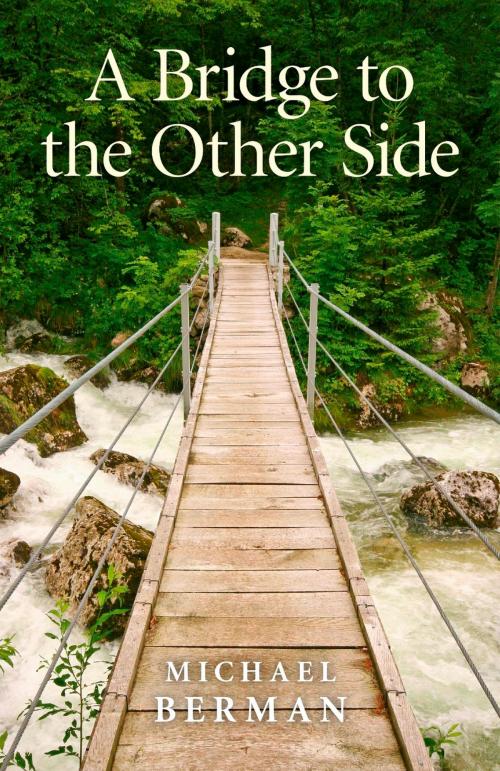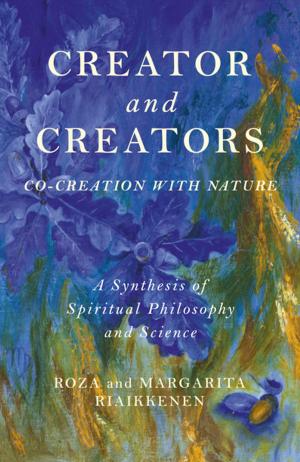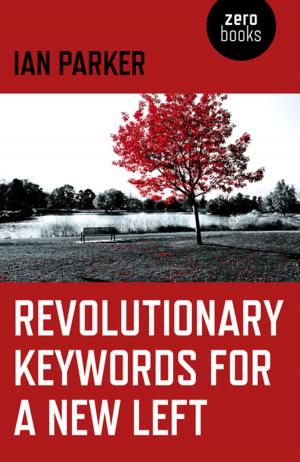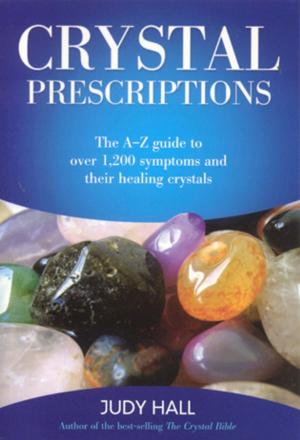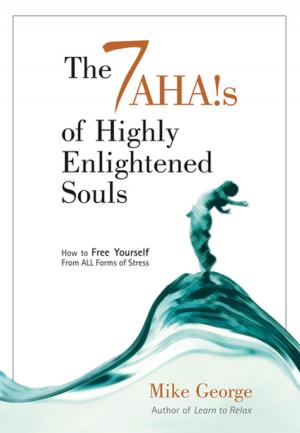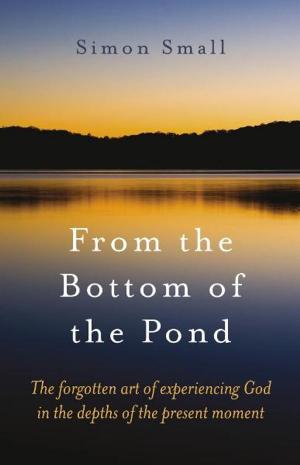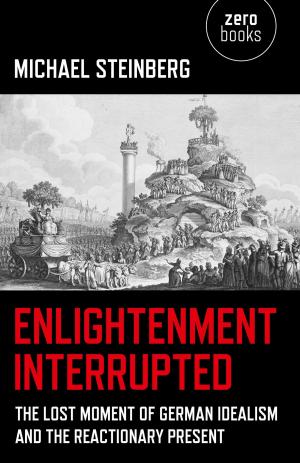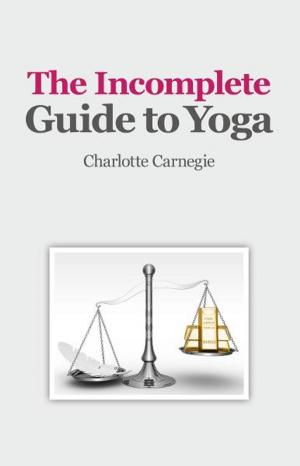| Author: | Michael P. Berman | ISBN: | 9781780992624 |
| Publisher: | John Hunt Publishing | Publication: | April 16, 2012 |
| Imprint: | John Hunt Publishing | Language: | English |
| Author: | Michael P. Berman |
| ISBN: | 9781780992624 |
| Publisher: | John Hunt Publishing |
| Publication: | April 16, 2012 |
| Imprint: | John Hunt Publishing |
| Language: | English |
A Bridge to the Other Side is a collection of articles and traditional folk tales that deal with our feelings about and attitudes towards Death, both our own death and that of those nearest and dearest to us. A bridge between earth and heaven, this world and the next, features in the mythology of many different peoples. For example, in Norse legends, Bifröst or Bilröst is a burning rainbow bridge between Midgard, the world, and Asgard, the realm of the gods. The bridge is known as Bilröst in the Poetic Edda; compiled in the 13th century from earlier traditional sources, and as Bifröst in the Prose Edda; written in the 13th century by Snorri Stureuson. Both the Poetic Edda and the Prose Edda alternately refer to the bridge as Asbrú (Old Norse Æsirs means bridge). The Persians believed in a bridge between earth and paradise too. In his prayers the penitent in his confession would say: I am wholly without doubt in the existence of the Mazdayaçnian faith; in the coming of the resurrection of the latter body; in the stepping over the bridge Chinvat; as well as in the continuance of paradise.
A Bridge to the Other Side is a collection of articles and traditional folk tales that deal with our feelings about and attitudes towards Death, both our own death and that of those nearest and dearest to us. A bridge between earth and heaven, this world and the next, features in the mythology of many different peoples. For example, in Norse legends, Bifröst or Bilröst is a burning rainbow bridge between Midgard, the world, and Asgard, the realm of the gods. The bridge is known as Bilröst in the Poetic Edda; compiled in the 13th century from earlier traditional sources, and as Bifröst in the Prose Edda; written in the 13th century by Snorri Stureuson. Both the Poetic Edda and the Prose Edda alternately refer to the bridge as Asbrú (Old Norse Æsirs means bridge). The Persians believed in a bridge between earth and paradise too. In his prayers the penitent in his confession would say: I am wholly without doubt in the existence of the Mazdayaçnian faith; in the coming of the resurrection of the latter body; in the stepping over the bridge Chinvat; as well as in the continuance of paradise.
